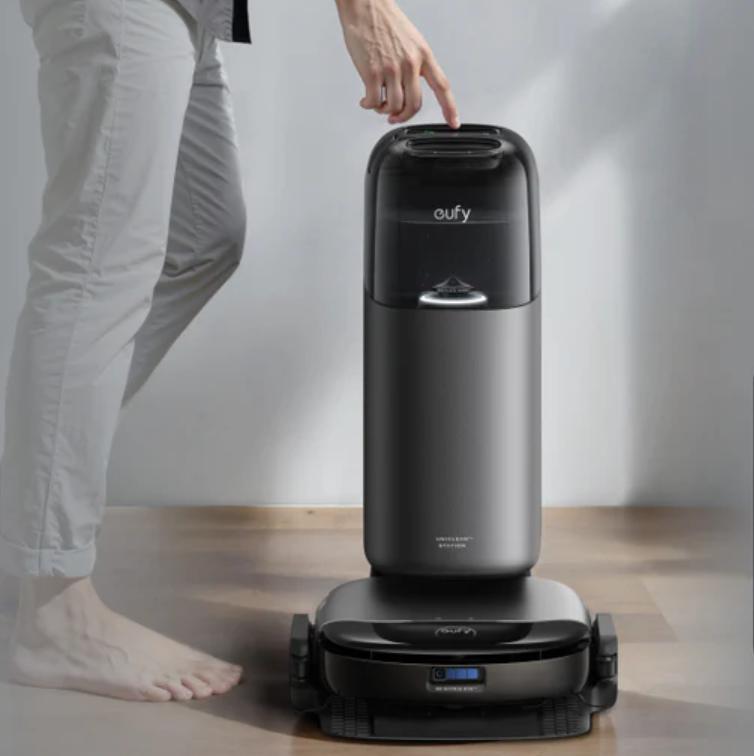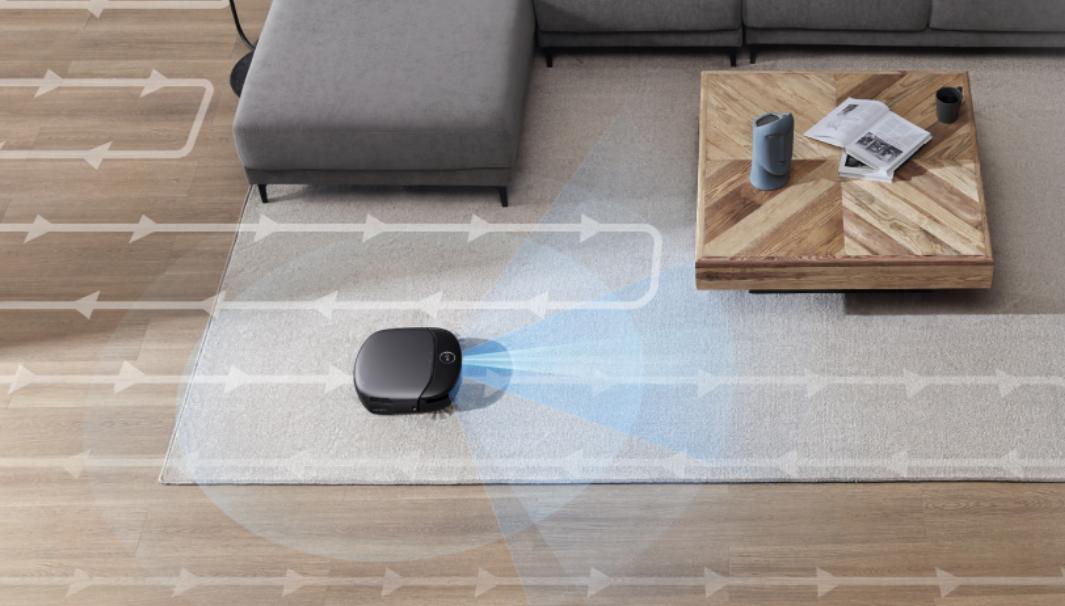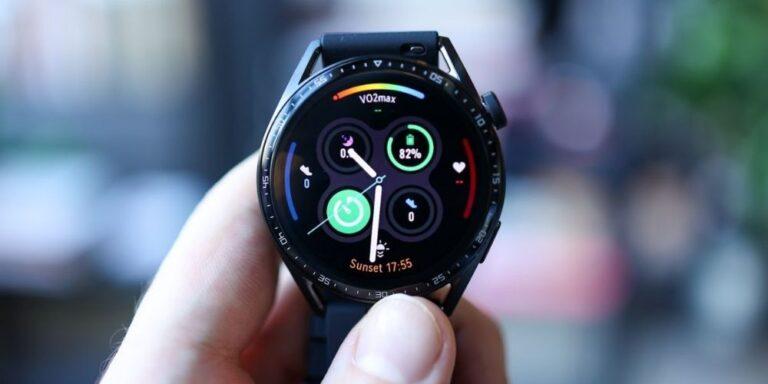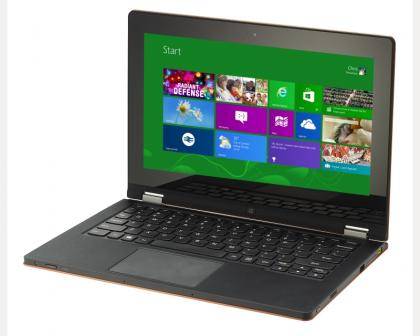How Do Robot Vacuums Detect Stairs and Drops?
Robot vacuums are built to clean independently, navigating rooms and avoiding hazards without constant supervision. One of the most important safety features is their ability to detect stairs, ledges, and sudden drops. Without this, a device could easily tumble down a staircase or damage itself on uneven flooring. The technology behind this detection combines sensors, software, and mapping to create a reliable cleaning path. Modern models also integrate advanced vision systems for precision. Understanding how these systems work helps homeowners appreciate the design and trust their devices to operate safely. Let’s explore the mechanisms that prevent accidents while maintaining thorough cleaning.

Core Technologies for Detecting Drops
The foundation of safe navigation lies in the sensors and systems designed to spot edges and prevent falls.
Cliff Sensors and Infrared Detection
Most robot vacuums use cliff sensors located on the underside of the device. These sensors send infrared signals to the floor. If the signal reflects back, the surface is stable. When the signal does not return, the robot vacuum recognizes an edge or drop. This triggers the system to stop, back up, and change direction. Infrared detection is highly effective on stairs, preventing dangerous falls. Regular cleaning of the sensors is important to maintain accuracy.
Gyroscopes and Accelerometers
Some models combine physical motion sensors with infrared detection. Gyroscopes and accelerometers measure tilt, acceleration, and movement changes. If the device begins to tip forward at an unusual angle, the system reacts immediately. This redundancy ensures that even if one sensor misses a drop, another detects instability. Together, these tools create a layered defense against falls and allow the robot to adapt to complex home layouts.
Advanced Camera and Vision Systems
High-end models employ cameras and computer vision to map their environment. With these systems, the vacuum “sees” edges and adjusts before reaching them. The eufy Robot Vacuum Omni S1 Pro, for example, uses 3D MatrixEye™ Obstacle Avoidance. This technology provides human-like vision, enhancing navigation precision. While designed mainly for obstacle detection, it also improves awareness of sudden level changes. Combining infrared and vision-based systems delivers the most reliable performance.
Enhancing Safety with Smart Navigation
Beyond basic sensors, modern robot vacuums use intelligent features to clean thoroughly while staying safe.
Real-Time Mapping and Path Planning
Mapping technology allows a vacuum to understand its environment rather than react only when hazards appear. Devices create digital maps of rooms, marking furniture, walls, and stairs. These maps are then used for efficient path planning. If a staircase is detected, the robot stores this information and avoids the area on future runs. Mapping not only improves safety but also ensures systematic cleaning, covering the maximum area with minimal repetition.

Virtual Boundaries and No-Go Zones
Many robots let users set digital boundaries through apps. These “no-go zones” can be placed around stairs or elevated surfaces for added security. Even if sensors function normally, boundaries act as an extra precaution. For pet owners, this feature is also useful to block off food bowls or litter areas. With boundaries in place, the robot works freely in safe zones while avoiding risky or delicate areas.
Adapting to Mixed Flooring and Levels
Homes often feature a combination of flooring types and small level changes. Robot vacuums are designed to transition over thresholds or rugs while recognizing true drops. The S1 Pro automatically lifts its mop by 12 mm when detecting carpet, showing how robots adapt to floor changes without confusion. This adaptability ensures thorough cleaning while keeping safety intact.
Tips for Maintaining Safety and Performance
Proper care and setup guarantee that stair detection works consistently and your robot remains effective.
Keeping Sensors Clean and Functional
Dust or pet hair can cover cliff sensors, reducing their accuracy. Wiping sensors with a soft cloth every week ensures they function properly. Regular maintenance is especially important in pet-friendly homes where fur builds up quickly. Clean sensors equal reliable performance and peace of mind.
Designing a Safe Cleaning Environment
While sensors prevent most accidents, preparing your space improves results. Keep stairs clear of loose objects and cords that may interfere with detection. Place mats at entryways to reduce tracked-in dirt, ensuring sensors stay cleaner. Organizing your space before a cleaning cycle helps the robot navigate smoothly and safely.
Leveraging Smart Features for Consistency
Take advantage of scheduling and automation to keep cleaning frequent and safe. The S1 Pro, with its self-refreshing HydroJet™ System and Eco-Clean Ozone™, handles both vacuuming and mopping without extra input. Consistency prevents dirt buildup, while precision mapping ensures stairs and drops are always avoided. Combining smart features with safety systems gives you confidence in daily automated cleaning.
Conclusion
Robot vacuums rely on advanced technology to detect stairs and drops, preventing falls while delivering efficient cleaning. Infrared cliff sensors, motion detectors, and vision-based systems work together to spot edges and respond instantly. Mapping, virtual boundaries, and adaptive floor detection further enhance safety and precision. Regular maintenance, like cleaning sensors and preparing your home, ensures continued reliability. Tools like the eufy Robot Vacuum Omni S1 Pro elevate performance by combining strong cleaning systems with advanced navigation features. With these technologies and practices, homeowners can enjoy spotless floors while trusting their devices to stay safe around stairs and sudden drops.









